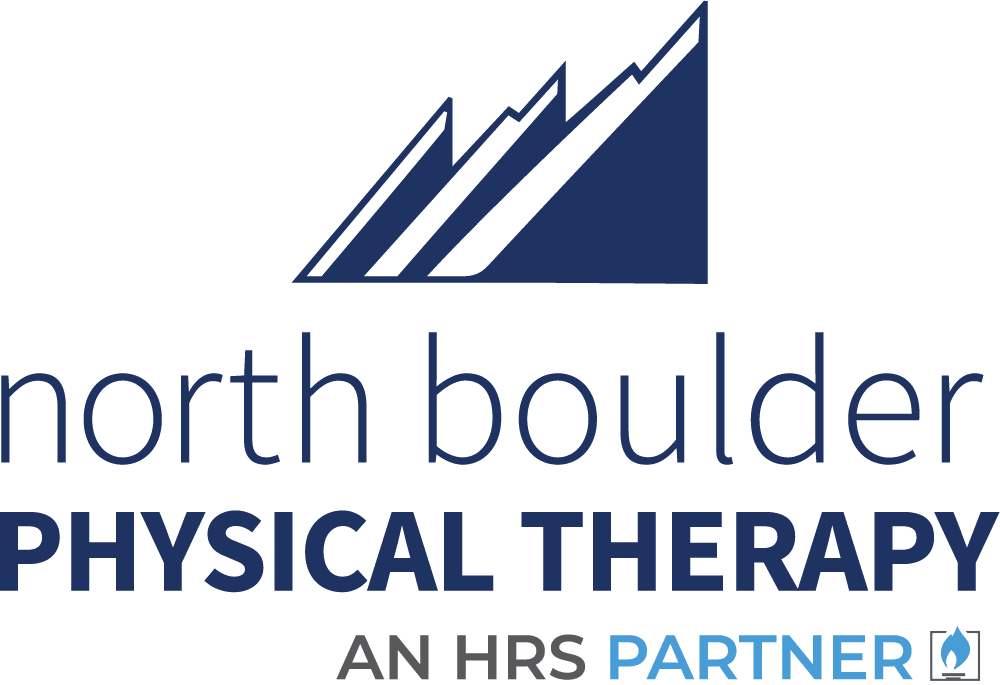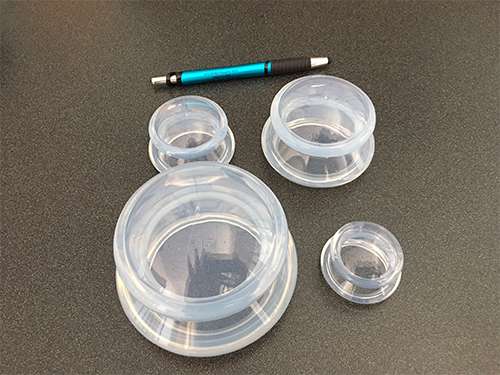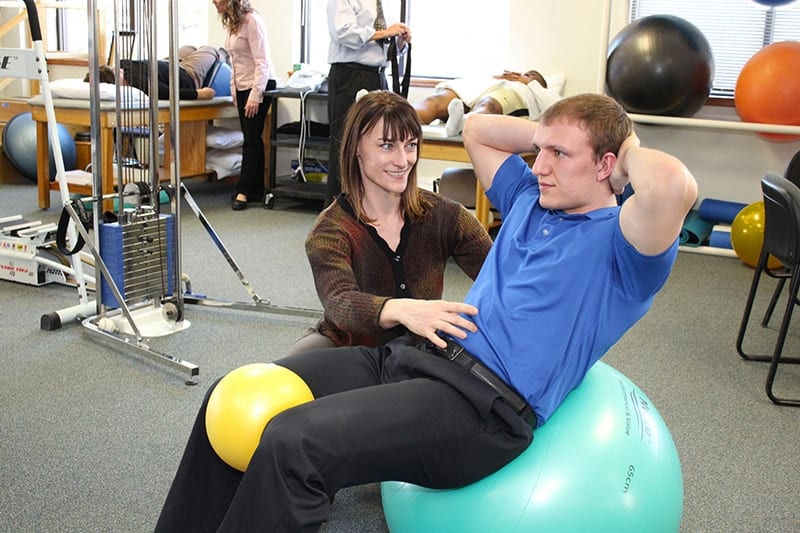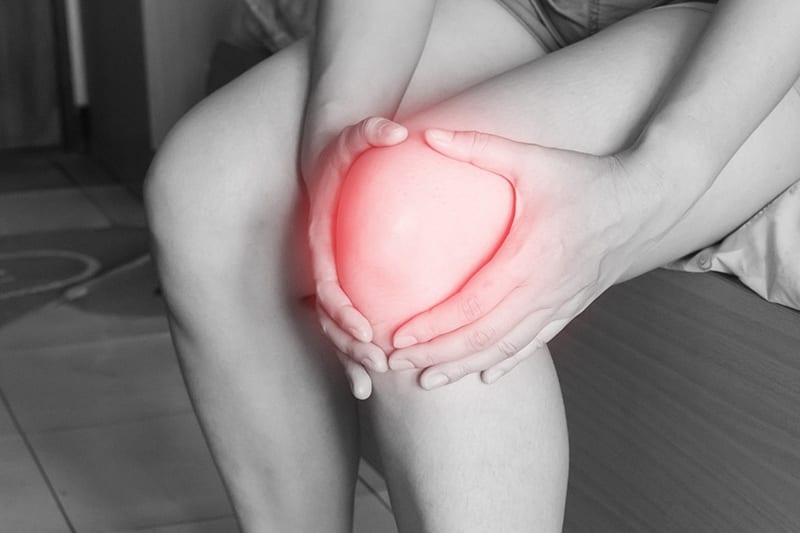 You’ve probably heard all about cupping therapy. When some of our US Olympic athletes in Rio talked about using cupping therapy, it became national news. But it’s not new. Actually, cupping therapy is very ancient practice. In fact, our therapists at North Boulder Physical Therapy in Boulder sometimes use it to help our patients find relief from a number of conditions and illnesses.
You’ve probably heard all about cupping therapy. When some of our US Olympic athletes in Rio talked about using cupping therapy, it became national news. But it’s not new. Actually, cupping therapy is very ancient practice. In fact, our therapists at North Boulder Physical Therapy in Boulder sometimes use it to help our patients find relief from a number of conditions and illnesses.
History of Cupping Therapy
According to a WebMD article, cupping therapy goes all the way back to ancient Egyptian, Chinese, and Middle Eastern cultures. In fact, one of the oldest known medical textbooks described cupping therapy in 1550 B.C. Chinese medicine has been using it for thousands of years to treat pain, muscle stiffness, and even some respiratory issues.
At North Boulder Physical therapy, we use it to address issues such as muscle, skin or myofascial areas which have decreased mobility, ITB syndrome, tendonitis, bursitis, carpal tunnel syndrome, post-op scar mobilization, muscle aches and stiffness, joint pain and arthritis, headaches and back pain.
Cupping Procedure
This practice uses special cups on your skin to create suction. The cups may be made out of glass, bamboo, earthenware, or silicone.
As described in this Mind Body Green article, the cups are placed on the skin, creating a vacuum by suctioning out the air. The underlying tissue is sucked part way into the cup. The purpose is to help circulation, relieve pain, and pull out the toxins. You may feel a tight sensation in the area of the cup, however, many people describe the feeling as relaxing and soothing, not painful.
Methods of Cupping
A WebMD article explains that both wet and dry methods of cupping may use a flammable substance such as alcohol, herbs, or paper in a cup and set it on fire. As the fire goes out, they put the cup upside down on your skin. As the air inside the cup cools, a vacuum is created. This makes your skin rise and redden as your blood vessels expand. The cup is generally left in place for up to three minutes.
Luckily, practitioners have developed a newer and safer version of cupping using a rubber pump instead of fire to create the vacuum. Sometimes therapists use silicone cups, which they can move from place to place on your skin for a massage-like effect. Let’s break down a few of the methods:
- Wet Cupping: This creates a mild suction by leaving a cup in place for about 3 minutes. It is then removed and a small scalpel is used to make light, tiny cuts on your skin. Next, a second suction draws out a small quantity of blood. After the procedure, you may be given an antibiotic ointment and bandage to prevent infection. Your skin should look normal again within 10 days.
Many people believe wet cupping removes harmful substances and toxins from the body to help promote healing. But that’s not been proven.
- Dry Cupping: This is used specifically in physical therapy as a form of soft tissue mobilization by using myofascial decompression to release tissue restrictions in skin and muscle. It is believed to promote local circulation in the cupped area. Cupping therapy often leaves round marks that look sort of like bruises on the skin.
So how does dry cupping work? Either heat or air is used to create a suction in special cups that are placed on the body. The vacuum pulls the skin and blood vessels in toward the cup, which is why it leave marks on the skin. Cupping is thought to pull blood to a certain area, and improve circulation and loosen up muscles and joints. Some believe it has anti-inflammatory effects.
- Needle Cupping: Here, the therapist first inserts acupuncture needles and then puts cups over them. It’s often used to treat knee and elbow joints.
- Fixed and Moving Cupping: As the name suggests, fixed is where cups are placed on the body and left in place without being moved. With moving cupping, massage oil or cream is rubbed on your skin in selected places. The cups are placed over the areas to be treated, then the therapist will slide the cups around the body, primarily on your back.
What it Treats
Our physical therapists at North Boulder Physical Therapy don’t use cupping by itself as a treatment. It is just one method which can be used by our therapists in the overall rehabilitation of musculoskeletal conditions with the goal of improved mobility, stability, and movement patterns of the body.
Many people believe that cupping can help with stress, pain, allergies, fatigue, flu, colds, back pain, anxiety, muscle aches, red itchy skin conditions or fever. In addition, removing toxins from the body. Stimulating the flow of blood is often mentioned as another benefit of cupping.
The British Cupping Society believes that cupping therapy can help treat blood disorders like anemia and hemophilia, rheumatic diseases like arthritis and fibromyalgia, fertility and gynecological disorders, skin problems like eczema and acne, bronchial congestion from allergies and asthma, high blood pressure, anxiety and depression, migraines, and even varicose veins.
Side Effects
According to a WebMD article, cupping therapy can be fairly safe when properly done by a trained health professional. But your side effects may include mild discomfort, burns, bruises, and skin infection where the cups touch the skin.
A Mind Body Green article explains cupping can temporarily turn the skin to red, blue or purple which lasts from a few days to a couple of weeks. It is usually not painful.
Cautions
Cupping should not be used on patients who bleed easily or can’t stop bleeding, have skin ulcers or edema. It is also unwise to cup over large blood vessels. And pregnant women should use cupping with extreme caution and never on their abdomen or lower back. If you are cupping for the first time, start slow and incrementally increase the intensity of suction and time that the cups are left on the skin.
If you have questions and want to learn all about cupping therapy, our therapists at North Boulder Physical Therapy in Boulder can explain its uses and help you decide whether it is the right therapy to include in your treatment plan. Please call or contact us today for more information.



